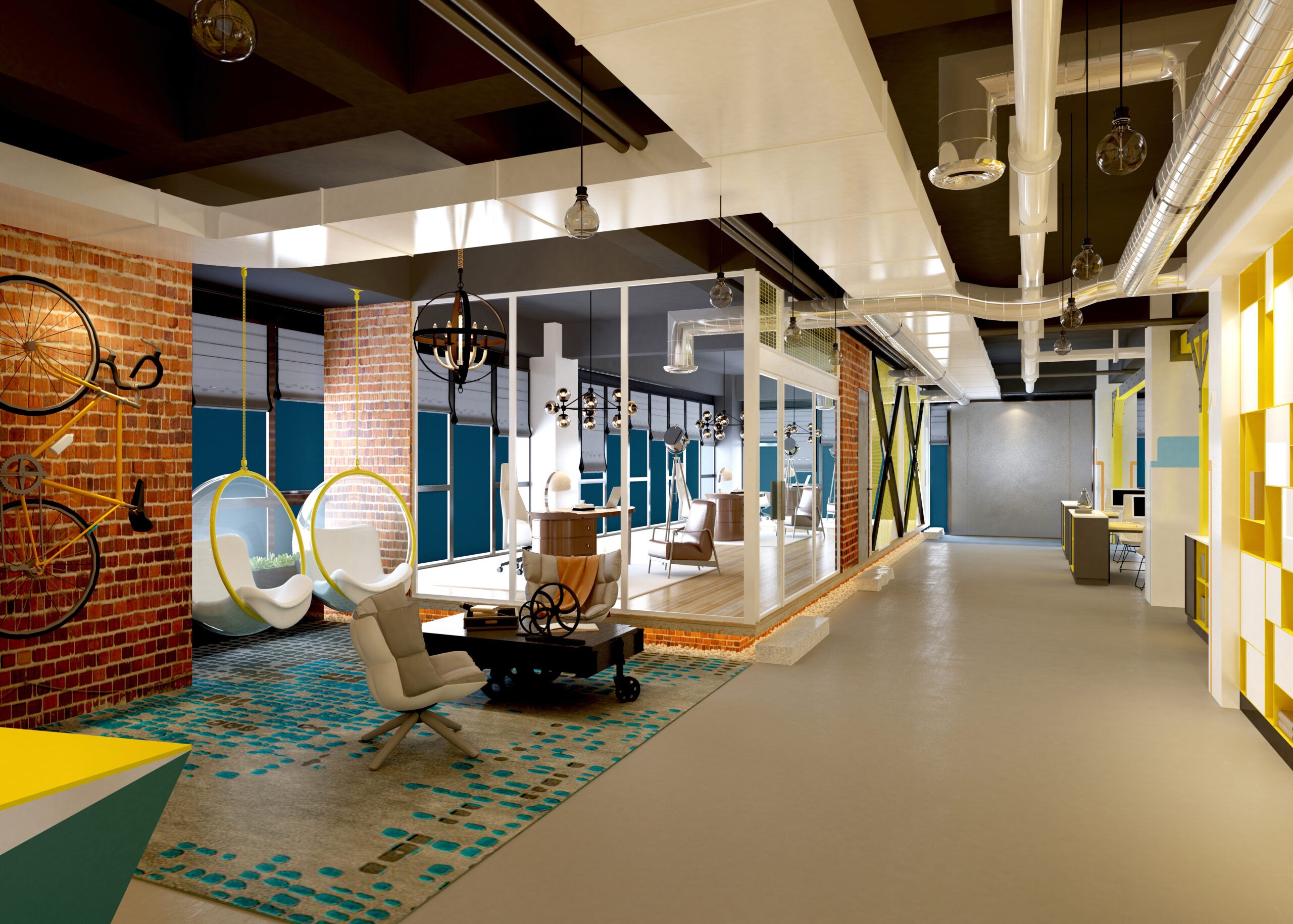
The workplace goes beyond being just a place where work gets done. It’s an environment that deeply affects employees’ physical and mental health, impacting their safety, productivity, and overall happiness. Designing your workplace badly can trigger a chain of accidents, injuries, and stress, holding back both individuals and the company as a whole.
On the other hand, a workplace designed with safety and employee well-being at its core creates a thriving atmosphere where employees can thrive. By putting safety first and including elements that encourage teamwork and well-being, companies can set the stage for success.
Safety: The Cornerstone of Success
A safe work environment forms the basis for achieving success. This idea goes beyond just following basic safety rules. A truly secure workspace takes proactive steps to ensure the physical and mental well-being of employees. Creating a safe workplace can ensure your employees are well-motivated as well as preventing them from getting injured and your business avoiding any expensive worker’s compensation claims.
Creating a Physically Safe Space
Physical safety covers various aspects of the work environment. Here are some important considerations:
- Ergonomics and Workstation Setup: Setting up workstations incorrectly can lead to musculoskeletal issues, causing pain and discomfort. Using ergonomic furniture that supports good posture and reduces strain is vital for preventing such injuries.
- Clear Pathways and Organized Storage: Cluttered walkways and storage areas can pose a significant risk of tripping. Establishing clear pathways and designated storage spaces helps minimize these risks and keeps the workspace neat and organized.
- Lighting and Ventilation: Inadequate lighting can strain the eyes and cause headaches, while poor ventilation can lead to respiratory problems. Incorporating natural light, along with well-maintained artificial lighting and effective ventilation systems, creates a more comfortable and productive environment.
- Emergency Protocols and Signage: It’s crucial to have clear and easily accessible emergency protocols and signage. This ensures that everyone knows how to respond appropriately in the event of fires, accidents, or medical emergencies.
Prioritizing Mental and Emotional Well-being
Mental and emotional safety are essential aspects of workplace safety. A positive work environment that focuses on employee well-being helps to reduce stress and create a sense of security. Here are some strategies to promote mental and emotional safety:
- Cultivating a Positive Work Culture: Bullying, harassment, and a lack of respect can greatly impact employee well-being. It’s important for companies to foster a culture of inclusion, respect, and open communication, where employees feel safe and valued.
- Strategies for Reducing Stress and Promoting Well-being: Chronic stress can lead to burnout and decreased productivity. Providing access to natural light, designated break areas with comfortable seating, and opportunities for physical activity can significantly reduce stress and enhance employee well-being.
- Mitigating Noise Pollution: Excessive noise levels can be highly distracting and contribute to stress. Implementing soundproofing measures, establishing designated quiet areas, and offering noise-canceling headphones can help minimize the negative effects of noise pollution.
Designing for Success
In addition to safety, a well-designed workplace encourages collaboration, communication, and employee well-being, all of which are vital elements for success. Effective teamwork and open communication are vital for fostering productivity and innovation in the workplace. To support these essential aspects, it’s important to design the workspace with specific elements in mind.
This includes creating collaborative workspaces with open floor plans and flexible furniture that encourages interaction and brainstorming among team members. Additionally, modern meeting rooms equipped with comfortable seating, whiteboards, and audio-visual technology provide dedicated areas for productive discussions and presentations.
Furthermore, utilizing communication tools such as internal platforms and project management software helps promote transparency and streamline communication across teams, ensuring everyone remains informed and aligned with organizational goals. Incorporating these design elements contributes to creating a dynamic and collaborative environment where employees can thrive and contribute to the overall success of the company.
Employee Well-being and Productivity
Employee satisfaction and well-being play a crucial role in productivity. By creating a comfortable and healthy workspace, companies can boost focus and motivation among their employees. Some design elements that contribute to employee well-being include:
- Natural Daylight and Greenery: Studies have shown that natural light improves mood, concentration, and sleep quality. Incorporating plants into the office space not only enhances the aesthetics but also purifies the air and reduces stress levels.
- Temperature and Air Quality Control: Maintaining optimal temperature levels and ensuring clean air are vital for employee comfort and concentration. Properly functioning HVAC systems help create a pleasant working environment that fosters productivity.
- Amenities for Breaks and Relaxation: Providing dedicated break rooms with comfortable seating, coffee machines, and recreational areas like pool tables or game consoles can encourage employees to take mental breaks. These amenities help them recharge and return to work feeling refreshed and focused.
The layout and design of your workplace significantly influence your employees’ safety, success, and overall happiness. By focusing on both physical and mental well-being and integrating features that foster collaboration and positivity, companies can establish a potent recipe for a flourishing and efficient workplace.
717 Views












